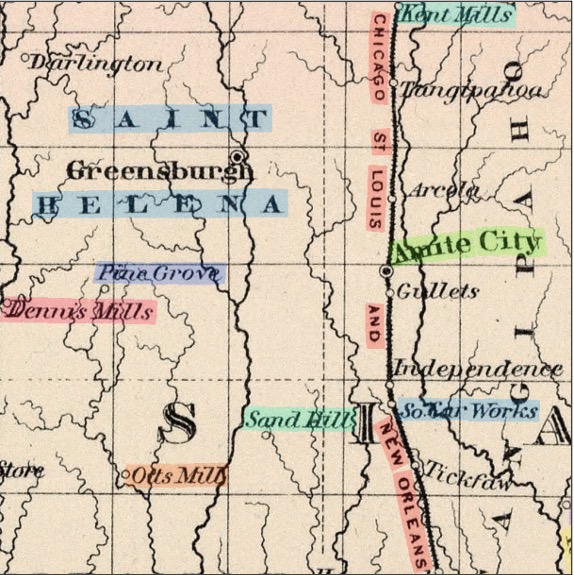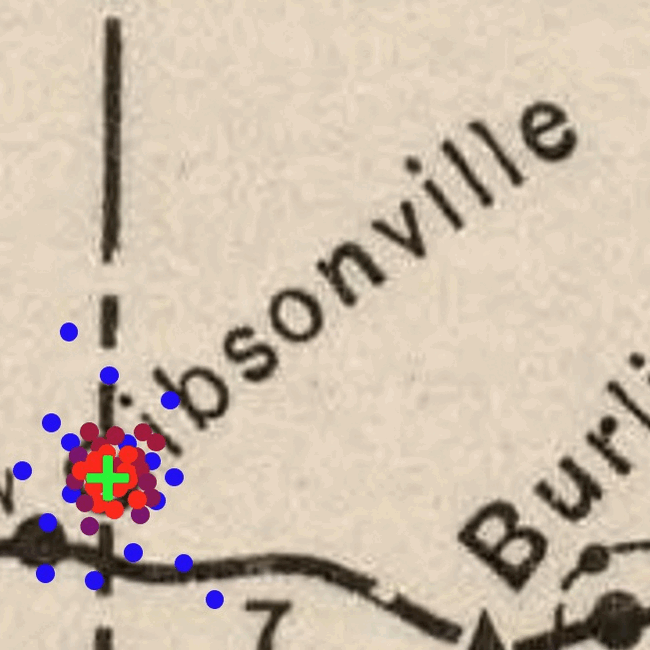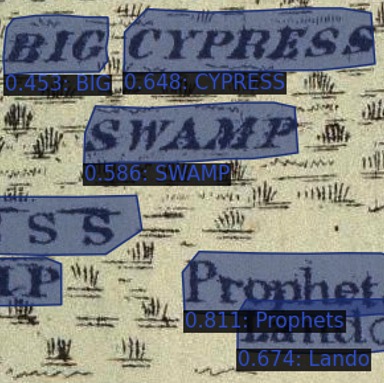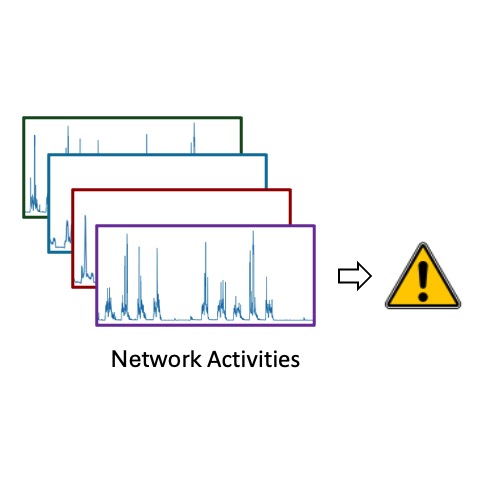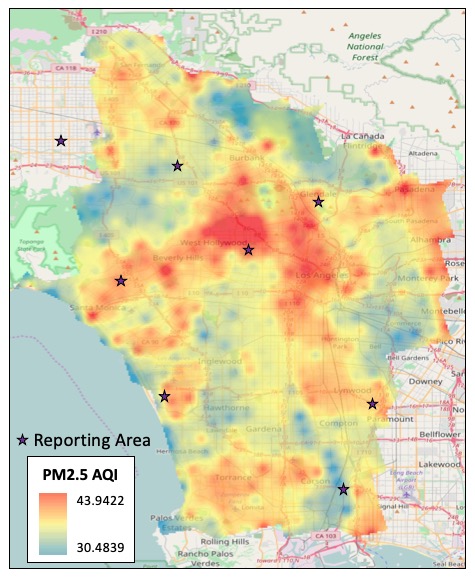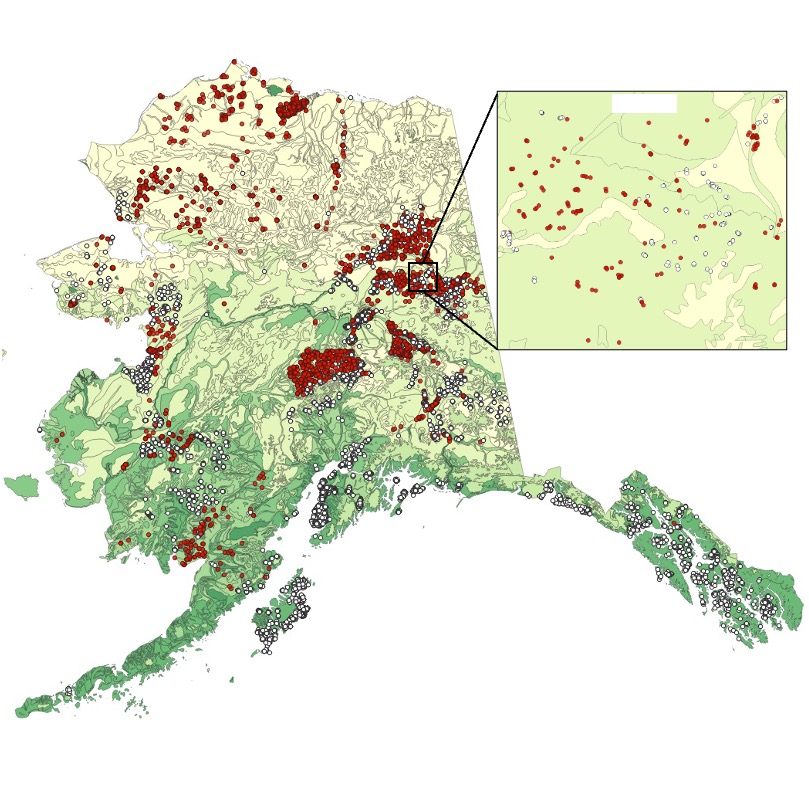
[SIGSPATIAL'25] Fine-Scale Soil Mapping in Alaska with Multimodal Machine Learning
I propose a multimodal machine learning model, MISO, to generate fine-scale soil maps for near-surface permafrost and soil taxonomy in Alaska. MISO integrates a pretrained geospatial foundation model based on the SWIN Transformer, implicit image functions for continuous spatial prediction, and contrastive learning for multimodal alignment and geo-awareness. MISO is highly effective for handling sparse observations, multimodal raster inputs, and making predictions at arbitrary locations.
